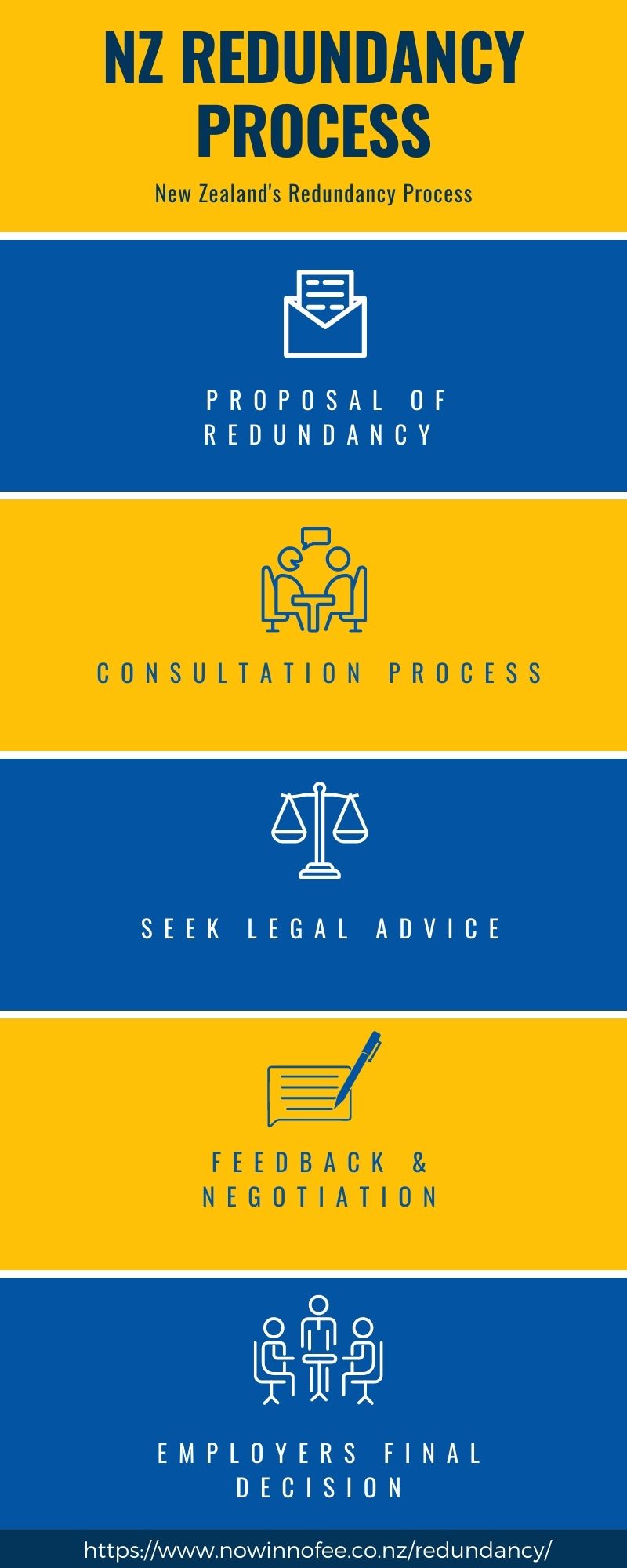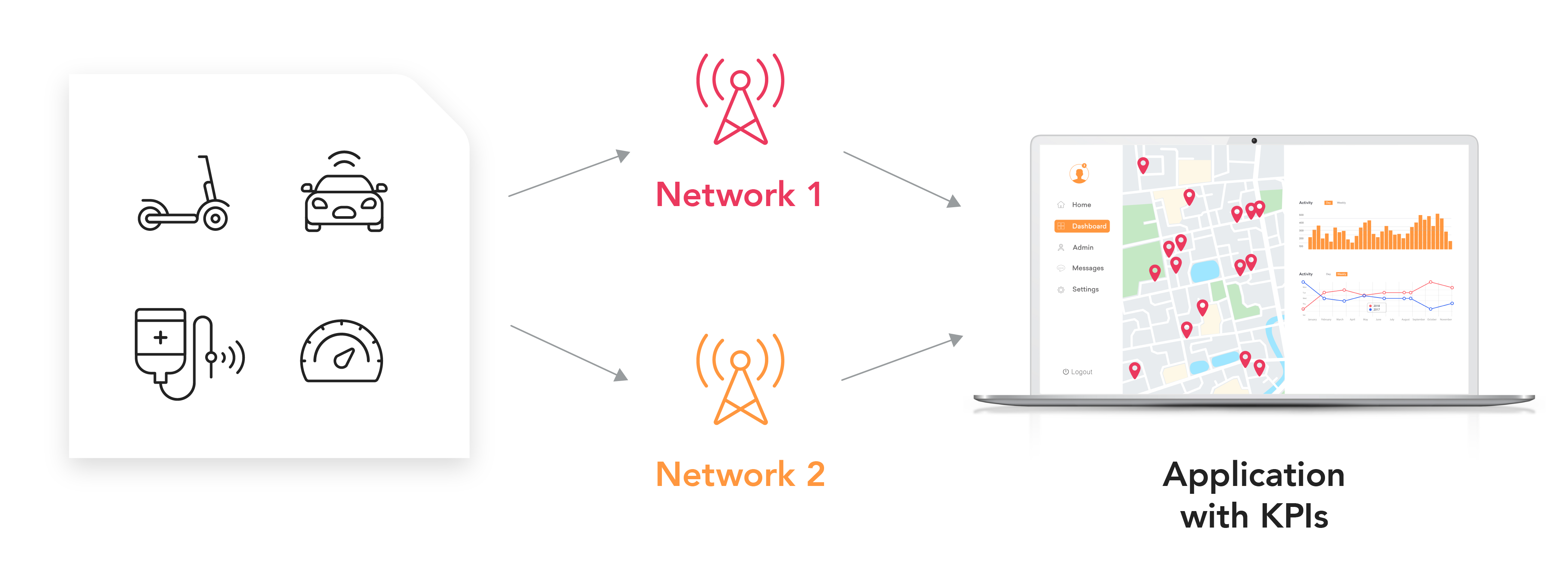Who Pays Redundancy Money? Understanding Employer Responsibilities in the UK
Wiki Article
Checking Out the Operational Dynamics of Company Redundancy and Its Long-Term Sustainability

Redundancy Strategies for Business Continuity
In order to make sure continuous procedures, companies should execute effective redundancy techniques for organization continuity. Redundancy in this context describes the duplication of critical components or features within a system to mitigate the influence of possible failures. By including redundancy methods, companies can improve their durability versus disruptions brought on by numerous elements such as natural disasters, tools failures, or cyber-attacks.
One usual redundancy technique is the execution of backup systems and information storage options. This involves creating duplicates of vital data and systems that can be activated in case of a key system failing. In addition, companies can develop redundant interaction channels and power resources to maintain connectivity and procedures throughout unexpected events.
Furthermore, cross-training workers to execute multiple functions within the business can function as an important redundancy method. If vital workers are not available due to health problem or various other reasons, this guarantees that vital jobs can still be brought out also. On the whole, effective redundancy techniques are important for businesses to promote functional continuity and reduce the impact of possible interruptions.
Impact of Redundancy on Organizational Durability
Offered the vital role redundancy strategies play in ensuring service connection, checking out the influence of redundancy on organizational strength comes to be necessary for comprehending the alternative functional characteristics of a firm. Redundancy, when purposefully implemented, can considerably add to boosting an organization's resilience in the face of unexpected challenges.In addition, redundancy can boost employee morale and confidence, understanding that there are contingency plans in position to attend to unforeseen circumstances. This complacency can result in increased performance and an extra positive job setting. In addition, redundancy can promote advancement and imagination within a company as employees feel empowered to take computed risks, understanding that there is a security net to sustain them in see this website situation of failure. On the whole, the influence of redundancy on business strength is extensive, forming the long-lasting sustainability and success of a firm.
Stabilizing Efficiency and Flexibility in Redundancy
Accomplishing an unified balance between functional efficiency and adaptive versatility is an essential obstacle in the calculated release of redundancy within companies. Too much versatility without a strong functional structure can result in inadequacies and incongruity.To stabilize performance and adaptability in redundancy planning, companies have to meticulously examine their operational demands, market characteristics, and strategic objectives. Eventually, discovering the ideal stability between effectiveness and versatility is vital for developing a resistant and sustainable organization in the face of unpredictability.
Long-Term Sustainability With Redundancy Preparation
To make sure long-lasting stability and security, organizations should tactically align their redundancy planning with long-lasting sustainability goals, consequently integrating functional effectiveness with adaptive versatility. Firms need to check out redundancy not as a responsive solution to immediate issues yet as an aggressive technique for lasting success.
Positive Procedures for Lasting Firm Operations
Exactly how can companies proactively improve their operational sustainability for long-term success? Carrying out proactive procedures is important for firms intending to make sure lasting operations.Moreover, cultivating a culture of continuous renovation and discovering within the company can enhance adaptability to changing market conditions and client demands. Encouraging worker involvement in decision-making procedures and giving chances for expert advancement can increase morale, productivity, and overall performance. Establishing clear objectives, keeping track of crucial efficiency indications, and routinely assessing development are important parts of aggressive sustainability monitoring.
Working together with distributors, clients, and various other stakeholders to advertise lasting methods throughout the supply chain can create a causal sequence of favorable effect - redundancy pay if company goes bust. By taking proactive steps in the direction of functional sustainability, companies can construct resilience, drive technology, and safeguard their lasting success in an ever-evolving service landscape
Verdict

In the world of business monitoring, the critical implementation of firm redundancy stands as a critical yet complex method that demands a delicate equilibrium in between functional effectiveness and long-lasting feasibility. By dissecting the operational characteristics that underpin firm redundancy and evaluating its wider implications for business durability and flexibility, a nuanced understanding of how redundancy methods can form the future trajectory of a firm begins to unfold.Offered the crucial role redundancy techniques play in making sure business connection, checking out the effect of redundancy on organizational strength ends up being necessary for comprehending the holistic operational characteristics of a company. In general, the influence of redundancy on business durability is profound, shaping the lasting sustainability and success of a firm.
In verdict, recognizing the functional characteristics of company redundancy is crucial for making certain long-term sustainability.
Report this wiki page